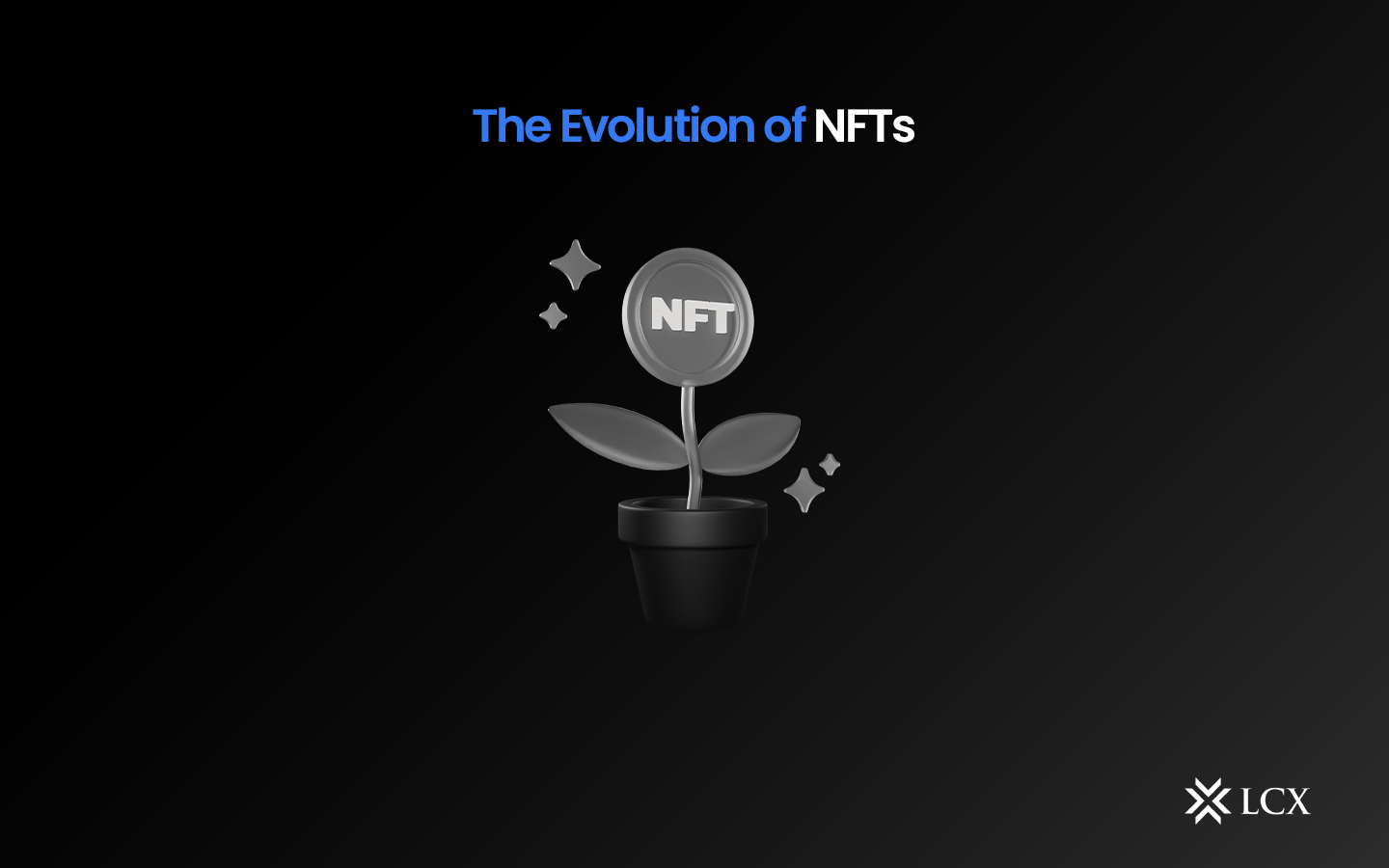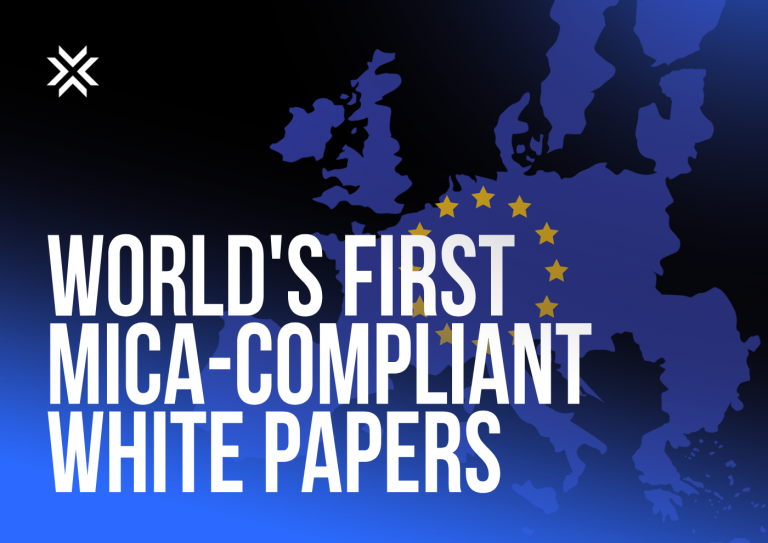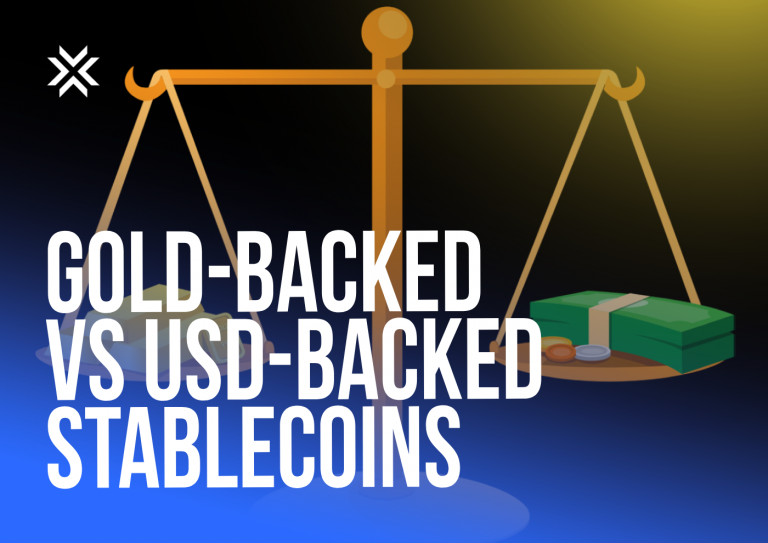NFTs have had a substantial impact on business growth and mainstream media. In recent years, the introduction of these digital-assets has caused considerable disruption in the field of digital art. Many people are drawn in by the history of NFTs: one-of-a-kind digital-assets and the thoughtfulness that led to their development.
A Brief History of NFTs
For an understanding of the origins of NFTs, first examine the evolution of blockchain technology. In 2008, a mysterious person or collective group of individuals known as Satoshi Nakamoto introduced Bitcoin, the first decentralized digital currency in the world. Implementing blockchain, a distributed database technology that requires reliability, safety, and immutability, this innovative innovation ensured accountability, protection, and rigidity.
The history of NFT began in 2014 with the creation of the first NFT, Quantum, by Kevin McCoy. In 2017, however, the world became aware of non-fungible tokens. During this time, numerous distinct NFT collections arose on the Ethereum blockchain. The failures in NFT trade and ownership transfer on earlier blockchain networks delayed the growth and evolution of NFTs. By facilitating token development, programming, storage, and trading, the Ethereum blockchain provides a trustworthy solution to NFT problems. As a consequence, Ethereum supported simpler onboarding and reduced the barriers to entry for NFTs.
The Emergence of Digital Assets
Prior to 2021, two prominent factors played a significant role in driving up prices and boosting general interest in. A cursory review of the history of NFTs would reveal that the global epidemic of COVID and highly valuable NFT artwork sales were significant driving forces. The COVID-19 pandemic encouraged a greater number of individuals to interact with communities of NFT users on Twitter and other channels where NFT had achieved a dominant position. Beeple, a digital artist, sold an NFT at auction for $69 million, constituting a significant milestone in the history of non-fungible tokens. Additionally, Beeple was the first digital artist to partner with a significant auction house for the sale of NFTs. The exceptional value of Beeple’s digital artwork sparked interest in non-fungible tokens.
In addition to Beeple’s $69 million sale, the annals of non-fungible tokens include numerous other sales of high-value NFTs. Edward Snowden, for example, created the NFT’s Stay Free and sold it for $5 million. Consequently, a CryptoPunks NFT was auctioned for approximately $11 million. In 2021, “Right-click and Save As Guy” by XCopy was another popular NFT that sold for $7 million. Through 2021, digital art and mementos will play a crucial role in propelling the popularity and evolution of NFTs.
Furthermore, several fresh uses of NFTs acquired traction in this field in order to attract attention to NFTs. For instance, the brief background on non-fungible tokens would emphasize popular NFT-based simulated environments such as Decentraland and NFT-based blockchain games like Axie Infinity. A further significant event in the history of NFTs is the association of well-known brands with NFTs. Numerous reputable businesses wish to initiate NFT initiatives in order to adjust to web3 technology and emerging trends. Taco Bell and Coca-Cola are two prominent examples of large corporations that utilize NFTs. In addition, other well-known brands, including Adidas, Nike, Gucci, Louis Vuitton, and Hot Wheels, have demonstrated a keen interest in non-fungible tokens.
Ethereum and the ERC-721 Standard
Ethereum and Standard ERC-721 The Ethereum blockchain was crucial to the development, widespread adoption, and evolution of NFTs. Ethereum’s programmable smart contracts made it possible to create unique digital assets, creating the framework for the ERC-721 standard. This standard, developed by computer programmers William Entriken, Dieter Shirley, Jacob Evans, and Nastassia Sachs, standardized the creation, ownership, and trading of non-fungible tokens on the Ethereum network. This innovation enabled developers to construct an extensive variety of digital assets, ranging from works of art to digital land, each with its own significance and identification.
Who Invented NFTs?
Despite the fact that 2021 turns out to be the year of non-fungible tokens, the technology wasn’t invented in 2021. In 2014, Kevin McCoy issued the first non-fungible token, “Quantum,” on the Namecoin blockchain. Nevertheless, the 2012–2013 introduction of Bitcoin-based colored coins signified the starting point of the idea that led to the creation of BRC-20 tokens. This concept originated in a 2012 paper written by Meni Rosenfield, paving the way for the development of digital tokens on the Bitcoin blockchain.
In 2017, however, NFTs gained global attention. This is primarily due to the introduction of the Ethereum blockchain, which surmounted the limitations of previous blockchains in terms of hosting NFTs. Ethereum not only decreased the cost of getting started with NFT projects but also provided an effective framework for key areas including asset creation, restoration, coding, and trading.
Conclusion
The significant stages in the history of NFTs illuminate the evolution of NFTs. It can always begin by asking, “Who came up with the idea of NFTs?” and finish by understanding the gradual rise of NFTs. With the introduction of scarcity, exclusivity, and intrinsic worth in digital assets, non-fungible tokens have acquired new characteristics over time. The analysis of NFT history and its milestones illustrates the transformation of NFTs from merely digital assets to the basis of engaging virtual environments. In addition, the growth of NFTs as a Web3 technology demonstrates the need to learn more about them.










